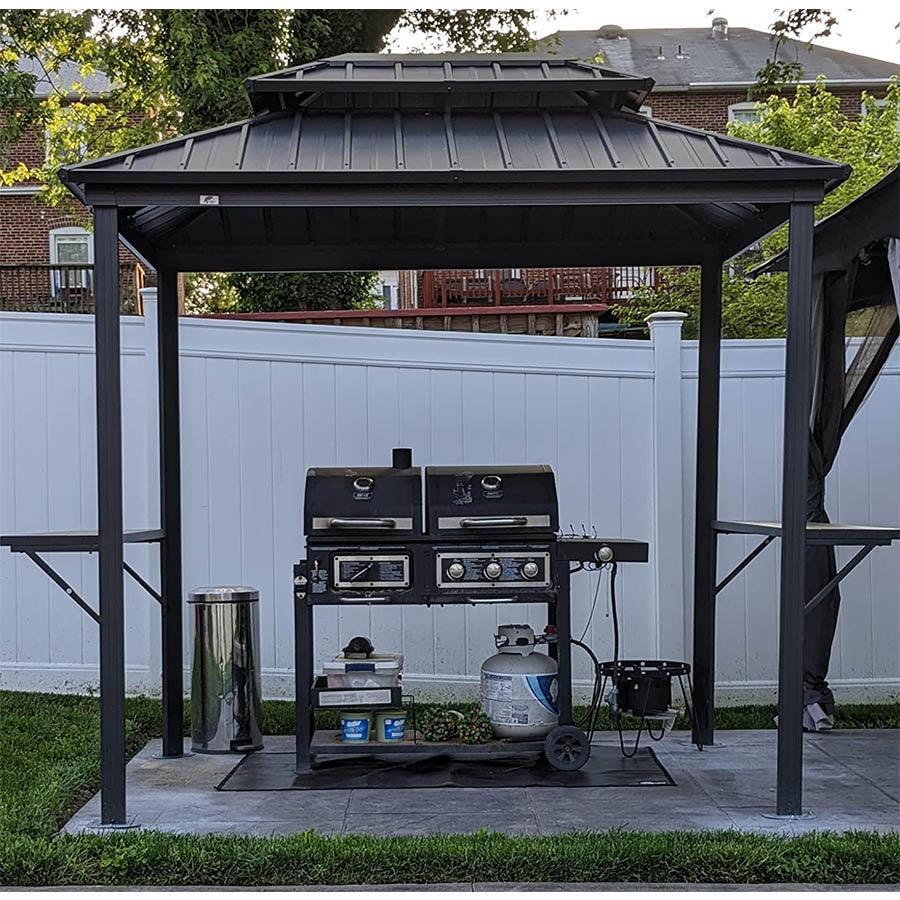When it comes to landscaping, the use of quadratic garden structures has gained popularity in recent years. These structures not only add aesthetic appeal to outdoor spaces but also offer a range of benefits that contribute to the overall functionality and beauty of a garden. In this article, we will delve into the advantages of incorporating quadratic garden structures into landscaping designs, and how they can elevate the outdoor experience for homeowners and visitors alike.

The Versatility of Quadratic Garden Structures
Quadratic garden structures, such as pergolas, trellises, and raised beds, offer a versatile approach to landscaping. These structures can be used to define different areas within a garden, creating distinct zones for various activities such as dining, relaxation, or gardening. By incorporating these structures, homeowners can maximize the use of their outdoor space, making it more functional and visually appealing.
Furthermore, quadratic garden structures can serve as a framework for climbing plants, adding vertical interest and greenery to the landscape. This not only enhances the overall aesthetic but also provides shade and privacy, making the outdoor area more comfortable and inviting.
Enhancing Visual Appeal
One of the key benefits of incorporating quadratic garden structures in landscaping is the enhancement of visual appeal. These structures add architectural interest to the outdoor space, creating a sense of depth and dimension. Whether it's a geometrically designed pergola or a series of raised beds arranged in a symmetrical pattern, quadratic garden structures can transform a mundane garden into a captivating outdoor sanctuary.
Moreover, the use of quadratic garden structures allows for creative expression in landscaping design. By playing with different materials, textures, and colors, homeowners can personalize their outdoor space and create a unique atmosphere that reflects their style and personality.
Functional Benefits
Besides their visual impact, quadratic garden structures offer functional benefits that contribute to the overall enjoyment of the outdoor space. For instance, raised beds provide better drainage and soil aeration, creating an ideal environment for growing a variety of plants. Additionally, pergolas and trellises can act as a support system for outdoor lighting, creating a warm and inviting ambiance for evening gatherings.
Furthermore, quadratic garden structures can help define pathways and create a sense of flow within the garden, guiding visitors through different areas and highlighting focal points. This not only improves the overall navigation of the outdoor space but also adds a sense of organization and purpose to the landscape.
Environmental Impact
From an environmental perspective, the use of quadratic garden structures can have a positive impact on the surrounding ecosystem. By incorporating more greenery into the landscape through climbing plants and vertical gardens, these structures contribute to the overall biodiversity of the area. Additionally, the use of raised beds promotes sustainable gardening practices, allowing for efficient water usage and soil conservation.
Moreover, quadratic garden structures can be integrated with eco-friendly features such as rainwater harvesting systems and solar-powered lighting, further reducing the environmental footprint of the outdoor space.
In conclusion, the incorporation of quadratic garden structures in landscaping offers a myriad of benefits, ranging from enhanced visual appeal and functionality to environmental sustainability. By exploring the potential of these structures, homeowners can elevate their outdoor experience and create a harmonious blend of beauty and practicality within their gardens.







